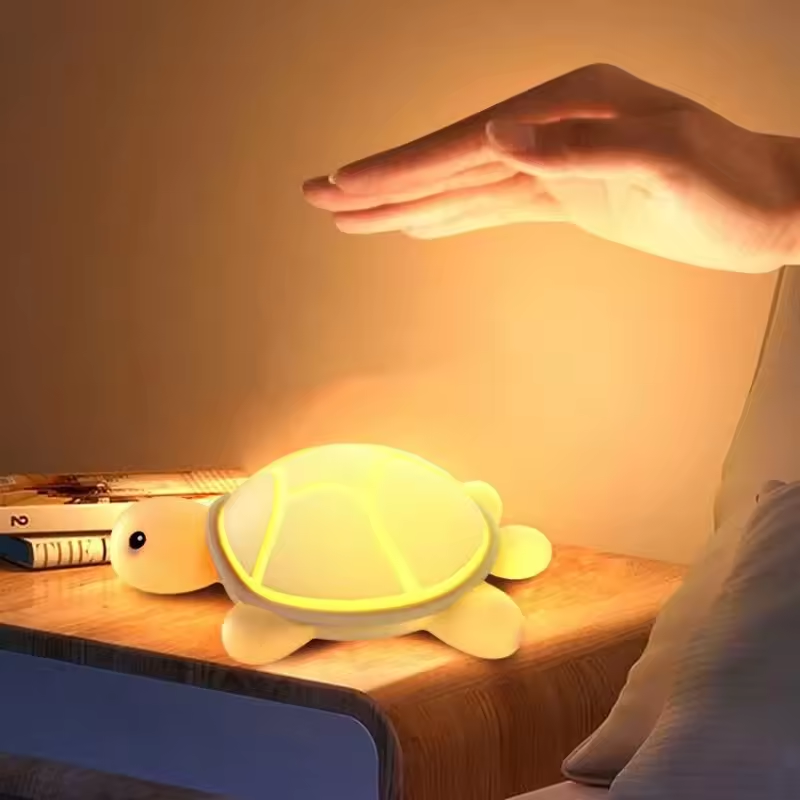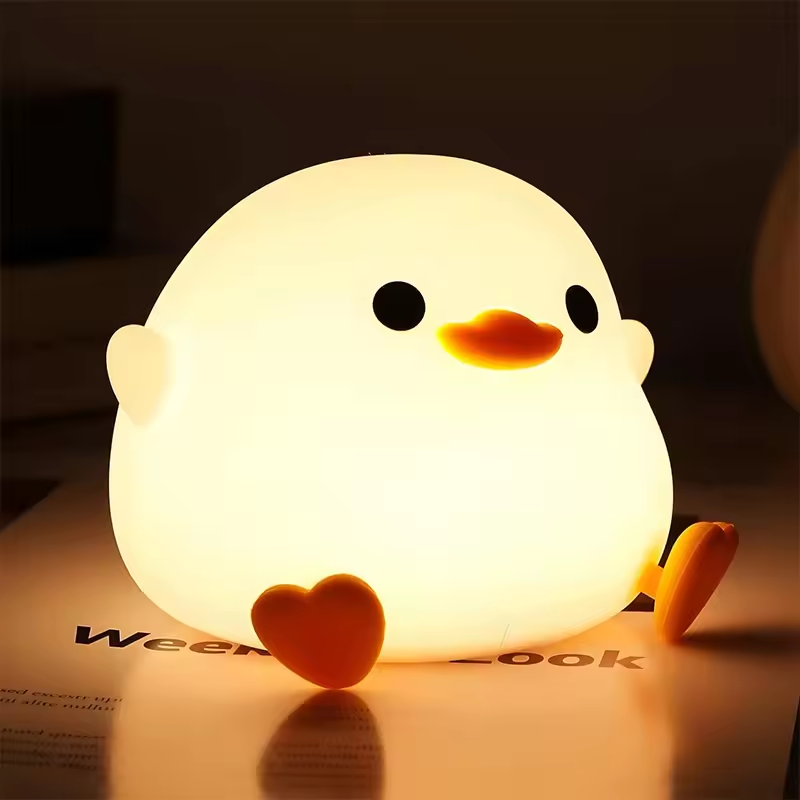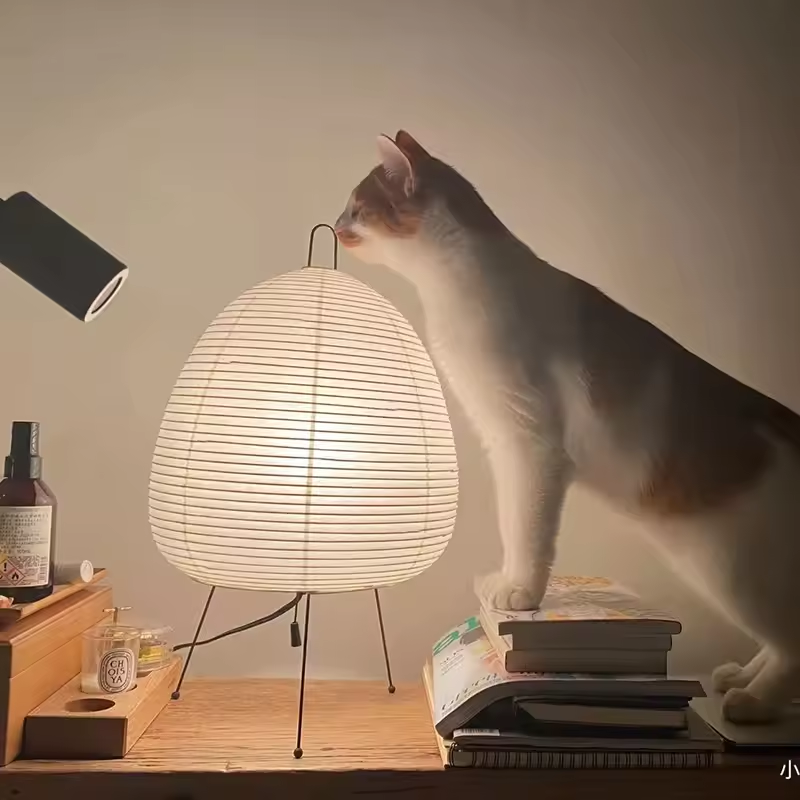 Introduction:
Introduction:
Replacing fluorescent lights with LED lights is a cost-effective and energy-efficient choice that can brighten up your space while reducing energy consumption. LED lights last longer, consume less electricity, and provide better light quality than traditional fluorescent lights. In this article, we will provide you with a step-by-step guide on how to replace fluorescent lights with LED lights. From gathering the necessary tools to installing the new lights, let’s delve into the world of LED lighting and discover how to make your space more efficient and environmentally friendly.
 Some common types of LEDs:
Some common types of LEDs:
LEDs, or Light Emitting Diodes, come in various types and configurations. Here are some common types of LEDs:
Surface Mount Device (SMD) LEDs:
These LEDs are small and mounted onto a circuit board. They do not have leads and are commonly used for applications requiring small-sized or surface-mounted components.
High-Power LEDs:
High-power LEDs are designed to emit a higher amount of light compared to standard LEDs. They are commonly used in lighting applications that require bright and focused illumination, such as automotive headlights or spotlights.
Organic Light Emitting Diodes (OLEDs):
OLEDs produce light by passing an electric current through an organic material. They are thin, flexible, and can emit light across their entire surface. OLEDs are used in applications like displays, television screens, and lighting panels.
RGB LEDs:
RGB LEDs consist of three individual LEDs in red, green, and blue colors. By varying the intensity of each colored LED, RGB LEDs can produce a wide range of colors. They are commonly used in applications requiring dynamic and customizable lighting effects, such as stage lighting or color-changing bulbs.
Single-color LEDs:
Single-color LEDs emit light in a specific color, generally red, green, blue, yellow, or white. They are commonly used in various applications, including indicator lights, signage, mood lighting, and backlighting.
Ultraviolet (UV) LEDs:
UV LEDs emit ultraviolet light and are used in applications like counterfeit detection, UV curing, forensic analysis, and sterilization. They can also activate fluorescent materials or glow-in-the-dark substances.
Infrared (IR) LEDs:
IR LEDs emit infrared light, which is not visible to the human eye but can be detected by specific sensors. They are used in applications like remote controls, security systems, optical communication, and proximity sensors.
Each type of LED has unique characteristics and applications. The choice of LED type depends on factors such as desired brightness, color requirements, power consumption, size, and specific application needs.
Introduction to Replacing Fluorescent Light with LED
Replacing fluorescent lights with LED lights offers numerous benefits, including energy efficiency, longer lifespan, and improved lighting quality.
A. Benefits of LED Lights: LED lights consume less energy, have longer lifespans, produce less heat, and provide better lighting quality compared to traditional fluorescent lights.
B. Cost Savings: While LED lights may have a higher upfront cost, they offer significant long-term energy savings that outweigh the initial investment.
C. Eco-Friendly Solution: LED lights are environmentally friendly as they consume less energy and do not contain harmful substances such as mercury.
Gathering the Necessary Tools and Materials
To replace fluorescent lights with LED lights, you will need a few basic tools and materials.
A. Tools Required: Prepare a ladder, pliers, wire strippers, a voltage tester, a screwdriver, and a knife or wire cutter.
B. LED Light Tubes: Purchase LED light tubes that are compatible with your existing fluorescent light fixtures. Measure the size to ensure a proper fit.
C. Safety Precautions: Before working on any electrical project, turn off the power supply at the circuit breaker and use a voltage tester to double-check that the power is off.
 Removing the Old Fluorescent Lights
Removing the Old Fluorescent Lights
Before installing the new LED lights, you need to remove the old fluorescent lights.
A. Remove the Tubes and Ballast Covers: Gently twist and remove the fluorescent tubes, then remove the ballast cover by unscrewing the screws or clips holding it in place.
B. Disconnect the Wires: Use pliers or wire strippers to remove the wire connectors and disconnect the wires from the ballast. Label the wires for easy reconnection later.
C. Remove the Ballast: Once the wires are disconnected, unscrew the ballast and carefully remove it from the fixture.
Preparing for LED Light Installation
Before installing the LED lights, prepare the fixture for a seamless transition.
A. Inspect and Clean Fixture: Inspect the fixture for any damage or corrosion. Clean the fixture thoroughly to remove dust, debris, or any residue left behind by the old lights.
B. Remove or Bypass the Ballast: Depending on the LED light tubes you have chosen, you may need to either remove the ballast or bypass it. Refer to the manufacturer’s instructions for guidance.
C. Rewire the Fixture: Use the voltage tester to confirm that the power is still off. Follow the manufacturer’s instructions to rewire the fixture, connecting the wires from the sockets to the main power supply.
Installing the LED Light Tubes
Now it’s time to install the new LED light tubes into the fixture.
A. Insert the LED Tubes: Gently insert the LED light tubes into the sockets, making sure they are properly aligned and secure.
B. Secure the Tube Clips: If your LED light tubes come with additional clips or brackets, use them to secure the tubes in place, following the manufacturer’s instructions.
C. Double-check Connections: Before turning the power back on, double-check all connections to ensure they are secure and properly connected.
Testing and Finalizing the LED Light Installation
The final steps involve testing the new LED lights and finalizing the installation.
A. Restore Power: Turn the power back on at the circuit breaker and use the voltage tester to verify that the new LED lights are properly installed and functioning.
B. Adjust Lighting Angles: If necessary, adjust the angles or positions of the LED light tubes to achieve the desired lighting direction.
C. Clean Up and Dispose of Old Lights: Properly dispose of the old fluorescent lights following local regulations. Clean up the workspace, ensuring a tidy and safe environment.
 Enjoying the Benefits of LED Lighting
Enjoying the Benefits of LED Lighting
By replacing fluorescent lights with LED lights, you can enjoy the benefits of energy efficiency and improved lighting quality.
A. Energy Savings: LED lights consume less electricity, leading to significant energy savings on your utility bills.
B. Longer Lifespan: LED lights have a longer lifespan compared to fluorescent lights, reducing the need for frequent replacements and maintenance.
C. Enhanced Lighting Quality: LED lights provide brighter, more consistent light, improving visibility and creating a more comfortable and aesthetically pleasing environment.
 Conclusion
Conclusion
Replacing fluorescent lights with LED lights offers a cost-effective and energy-efficient solution for lighting your space. By following the step-by-step guide, you can successfully replace old lights with efficient LED lights, benefiting from energy savings and improved lighting quality. Remember to prioritize safety by turning off the power supply, using appropriate tools, and following manufacturer’s instructions. Embrace the environmentally friendly nature of LED lights and enjoy the long-lasting benefits of energy-efficient lighting in your home or office.



